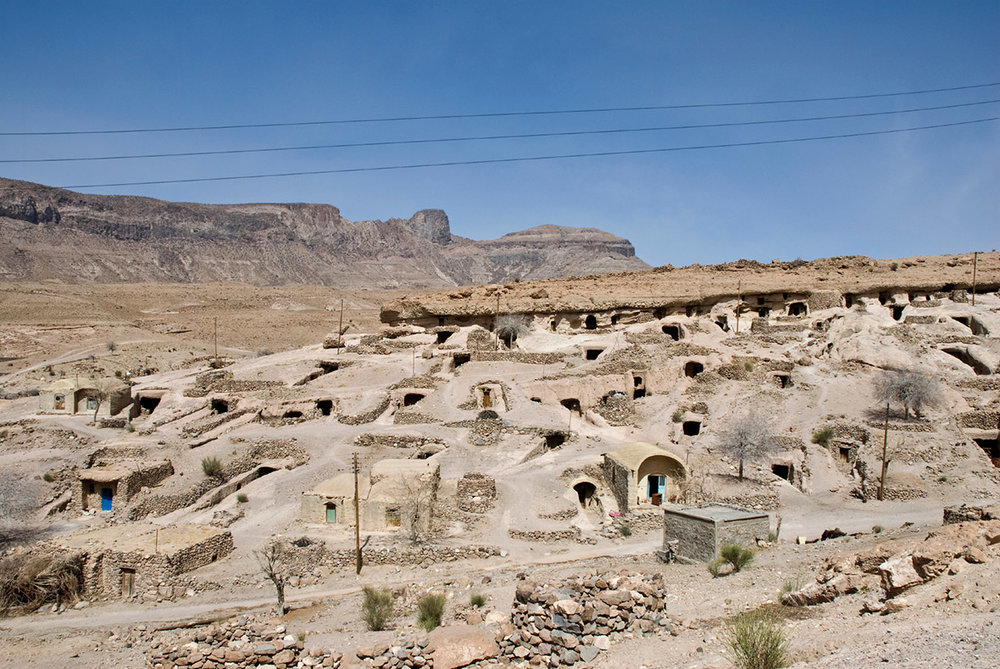The article below “Maymand, an exemplar manmade-cave dwelling” was originally published in the Tehran Times on October 23, 2016.
==================================================
Thousands of years before Persepolis – the magnificent Achaemenid ceremonial capital – was made in southern Iran in the fifth and fourth centuries BC, residents of its eastward village named Maymand carved out rocky hillsides to take refuge from harsh climate of the Iranian Plateau.
The cultural landscape of Maymand has been inscribed on the UNESCO World Heritage list since 2015. It is an exemplar system of manmade cave dwelling that is believed to be practiced in the region to cope with its harsh climate.
Maymand is situated near Shahr-e Babak in the southeastern Kerman Province. Its self-contained, semi-arid area is sprawled at the end of a south-facing valley at the southern extremity of Iran’s central mountains.
Sandwiched between a desert and a mountain, Maymand has cold winters and exceedingly hot summers yet abundant with mulberry and blackberry trees. Living conditions in the village are considered as severe due to the aridity of the land, high temperature in summertime and very cold winters.

The ancient Neolithic-era dwellings of Maymand village in Kerman, Iran (Source Tehran Times).
It is believed to be one of human’s primary residences in the country as its history stretches far back in time to about 10,000 years ago. Some of its natural and manmade caves are still used for housing and shelter.
The houses in the continually inhabited village are carved like caverns inside the mountain. The internal spaces have corridors and pillars featuring a rural architecture. The houses are situated in four or five stories, one on top of the other.
According to the narratives, the early residents did not use hammer and chisel, but rather a type of local, pointed stone which was hard enough to carve images onto the rocks. This method of carving is still practiced in the region. Some of stone engravings in the village date back to 10,000 years ago.
The majority of inhabitants are semi-nomadic shepherds. They raise their animals on mountain pastures, living in temporary settlements in spring and autumn.
The community has a strong bond with the natural environment that is expressed in social practices, cultural ceremonies and religious beliefs.
The local dialect contains words from the ancient Sassanid and Pahlavi languages. The dialect has been barely changed due to the remoteness of the village.
The area is also home to various animals such as snakes, lizards, hedgehogs, deer, leopards, wolves, foxes and also birds of prey.
There are few seasonal springs around the village which contribute to the flourishing of agriculture in the area. In such an arid climate, residents have to collect every drop of water to make a living as their ancestors did.
The picture above shows a view of Maymand village in southern Iran. It embraces an exemplar system of manmade-cave dwelling, believed to cope with the harsh climate.



